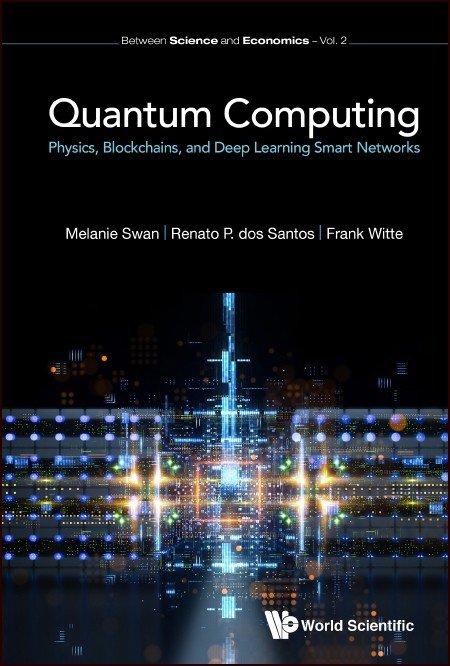System Upgrade on Tue, May 28th, 2024 at 2am (EDT)
Existing users will be able to log into the site and access content. However, E-commerce and registration of new users may not be available for up to 12 hours.For online purchase, please visit us again. Contact us at customercare@wspc.com for any enquiries.
Quantum information and contemporary smart network domains are so large and complex as to be beyond the reach of current research approaches. Hence, new theories are needed for their understanding and control. Physics is implicated as smart networks are physical systems comprised of particle-many items interacting and reaching criticality and emergence across volumes of macroscopic and microscopic states. Methods are integrated from statistical physics, information theory, and computer science. Statistical neural field theory and the AdS/CFT correspondence are employed to derive a smart network field theory (SNFT) and a smart network quantum field theory (SNQFT) for the orchestration of smart network systems. Specifically, a smart network field theory (conventional or quantum) is a field theory for the organization of particle-many systems from a characterization, control, criticality, and novelty emergence perspective.
This book provides insight as to how quantum information science as a paradigm shift in computing may influence other high-impact digital transformation technologies, such as blockchain and machine learning. Smart networks refer to the idea that the internet is no longer simply a communications network, but rather a computing platform. The trajectory is that of communications networks becoming computing networks (with self-executing code), and perhaps ultimately quantum computing networks. Smart network technologies are conceived as autonomous self-operating computing networks. This includes blockchain economies, deep learning neural networks, autonomous supply chains, self-piloting driving fleets, unmanned aerial vehicles, industrial robotics cloudminds, real-time bidding for advertising, high-frequency trading networks, smart city IoT sensors, and the quantum internet.
Sample Chapter(s)
Chapter 1: Introduction
Contents:
- About the Authors
- List of Figures
- List of Tables
- Introduction
- Smart Networks and Quantum Computing:
- Smart Networks: Classical and Quantum Field Theory
- Quantum Computing: Basic Concepts
- Advanced Quantum Computing: Interference and Entanglement
- Blockchain and Zero-Knowledge Proofs:
- Classical Blockchain
- Quantum Blockchain
- Zero-Knowledge Proof Technology
- Post-quantum Cryptography and Quantum Proofs
- Machine Learning and Artificial Intelligence:
- Classical Machine Learning
- Quantum Machine Learning
- Smart Network Field Theories:
- Model Field Theories: Neural Statistics and Spin Glass
- Smart Network Field Theory Specification and Examples
- The AdS/CFT Correspondence and Holographic Codes:
- The AdS/CFT Correspondence
- Holographic Quantum Error-Correcting Codes
- Quantum Smart Networks:
- AdS/Smart Network Correspondence and Conclusion
- Glossary
- Index
Readership: Thought-leaders, executives, industry strategists, research scientists, graduate students, advanced undergraduate students, policy-makers, government regulators, corporate practitioners, and entrepreneurs in the areas of computer science, blockchain, machine learning, quantum information science, and theoretical physics.





























